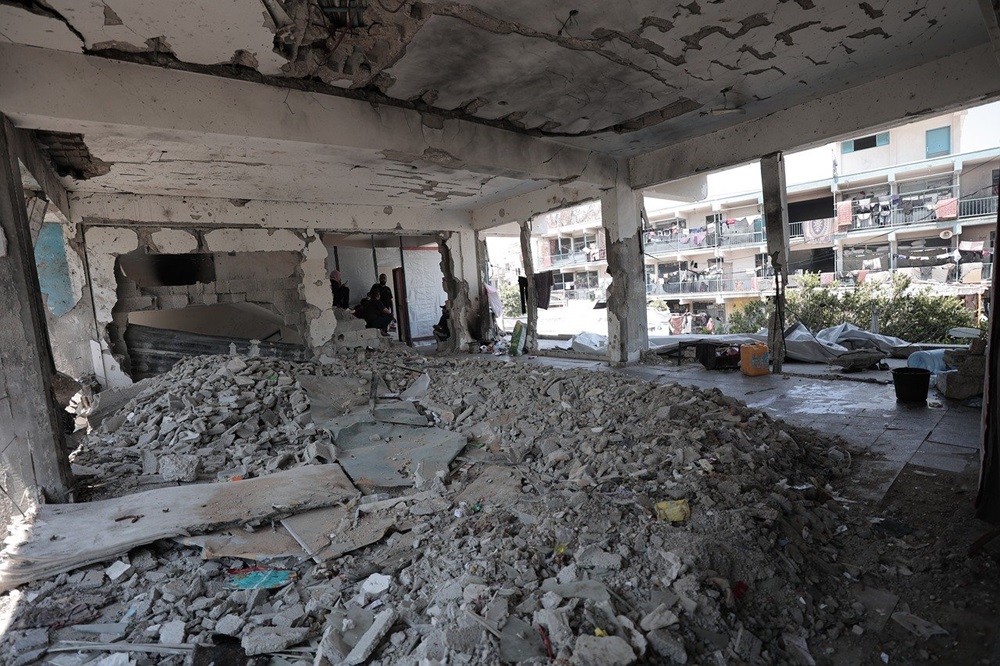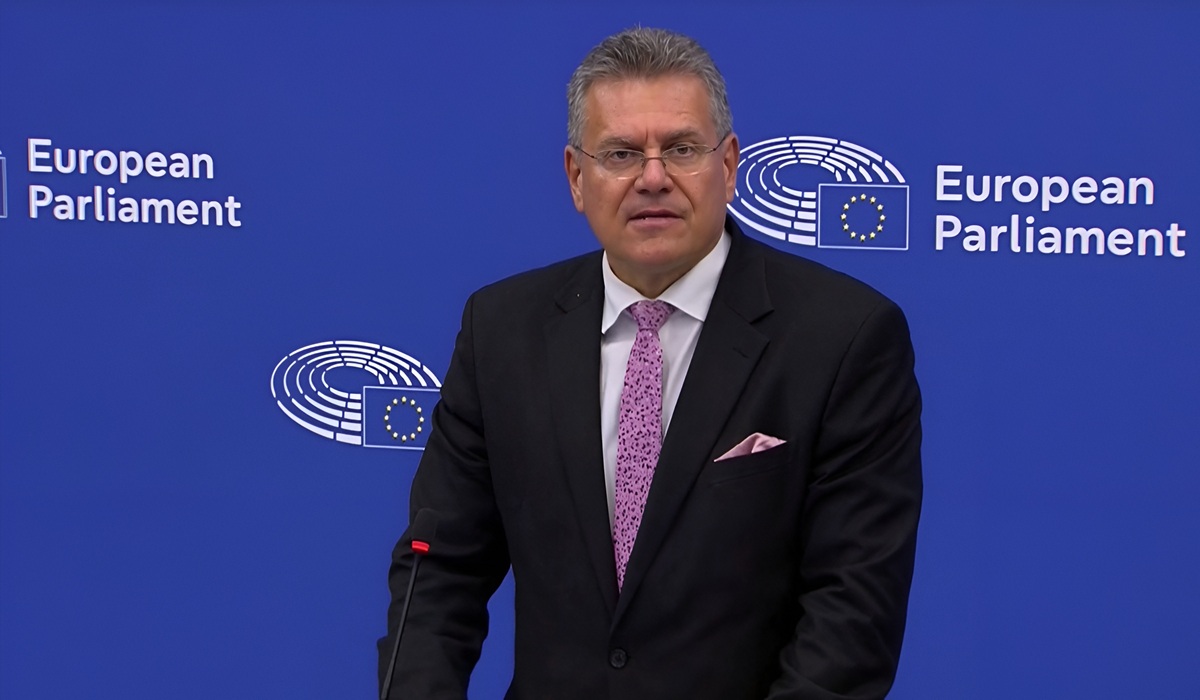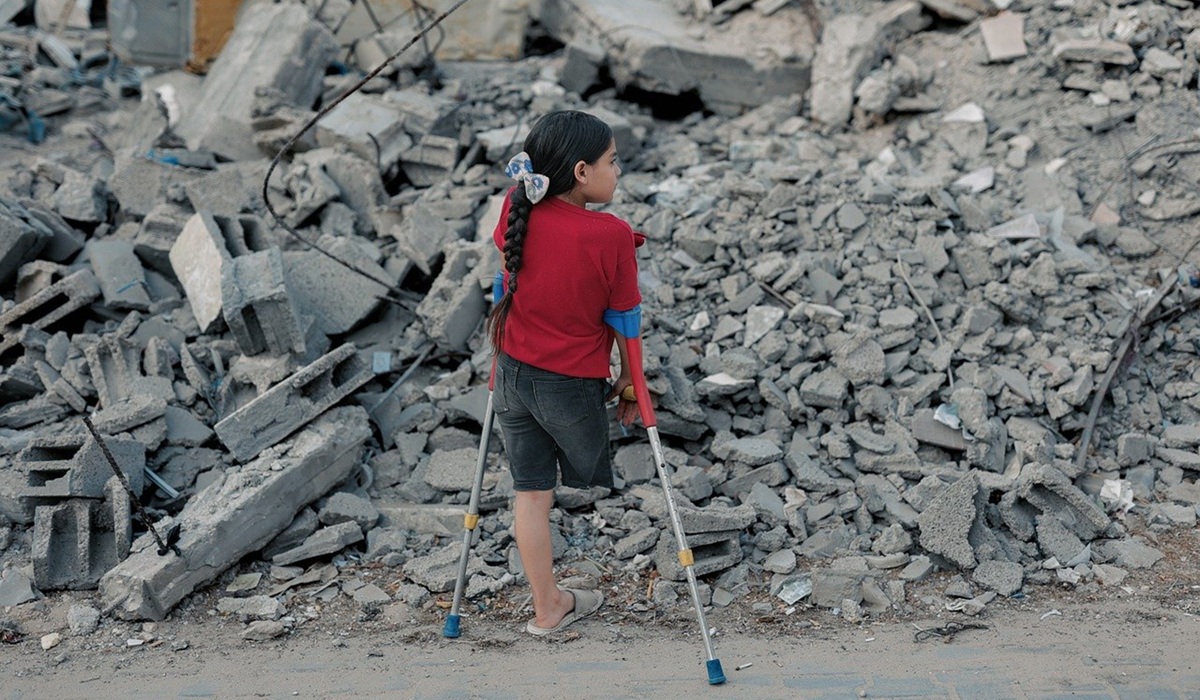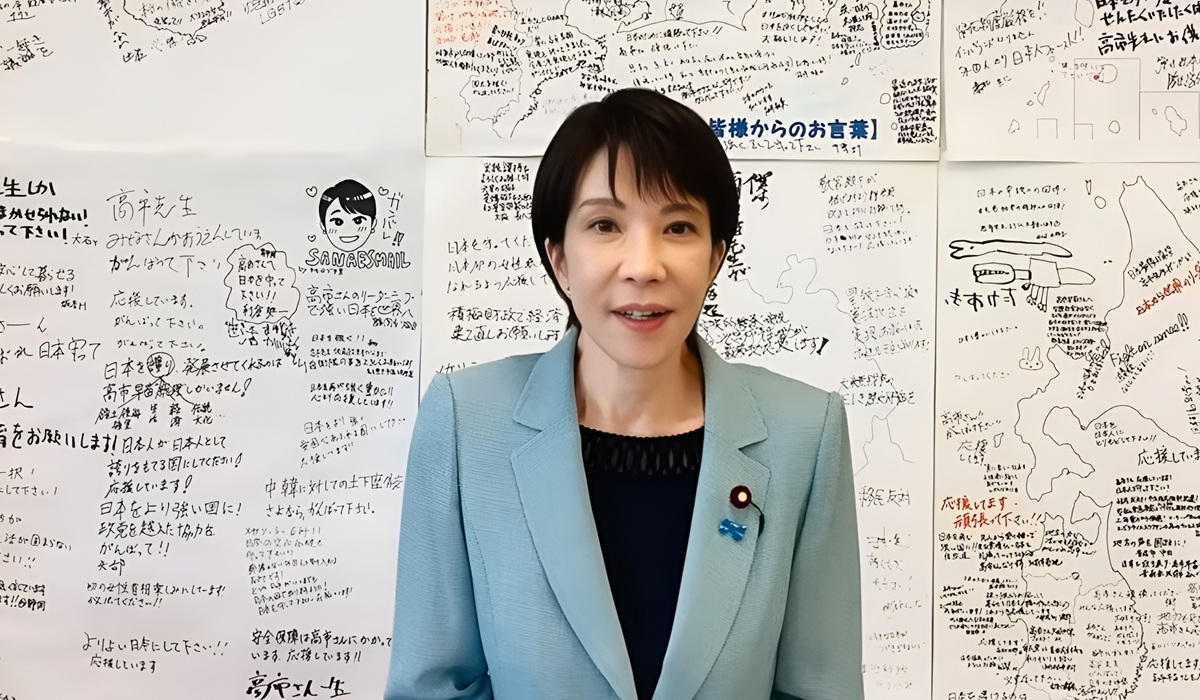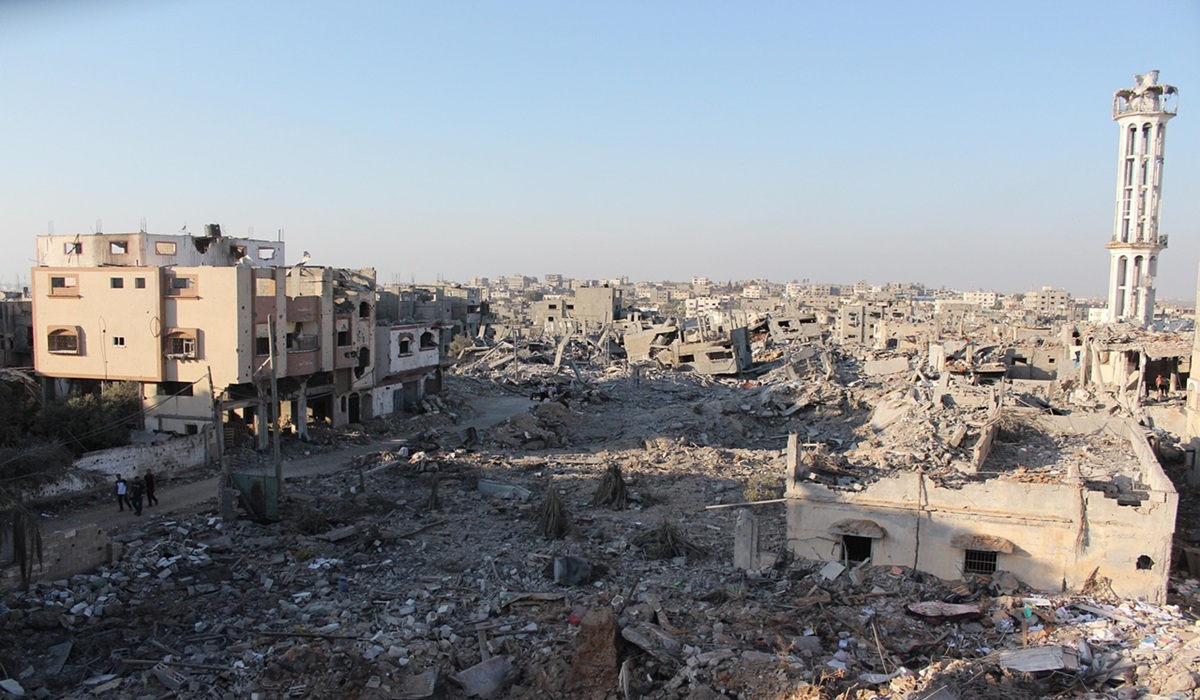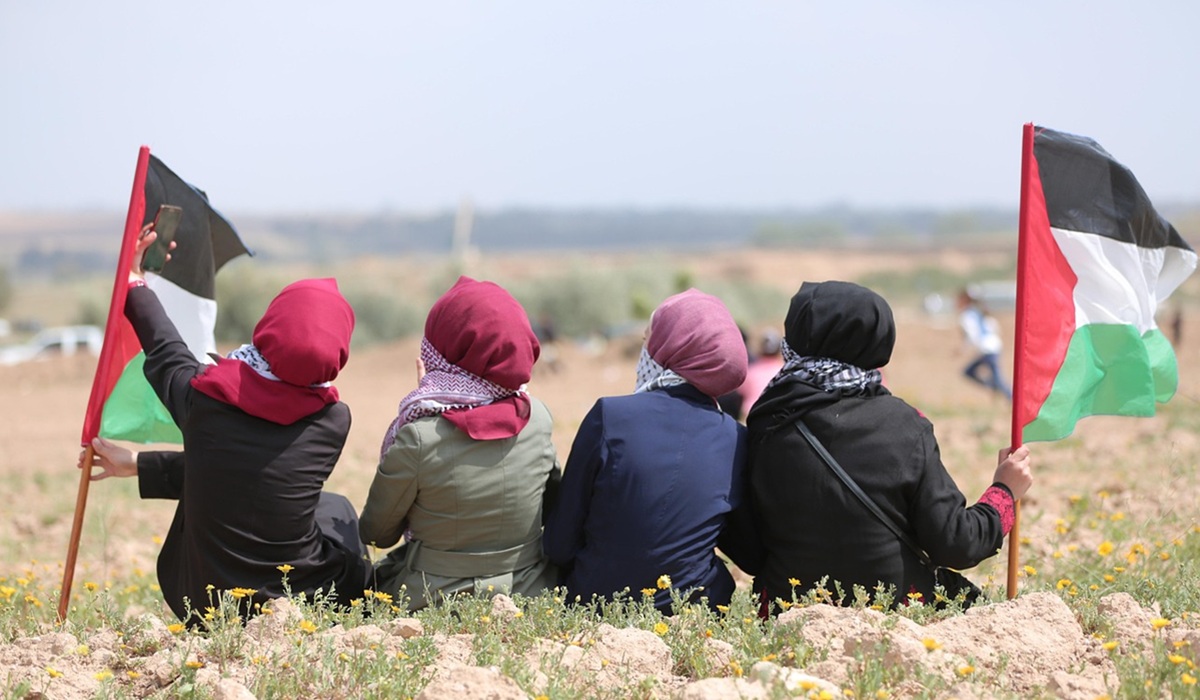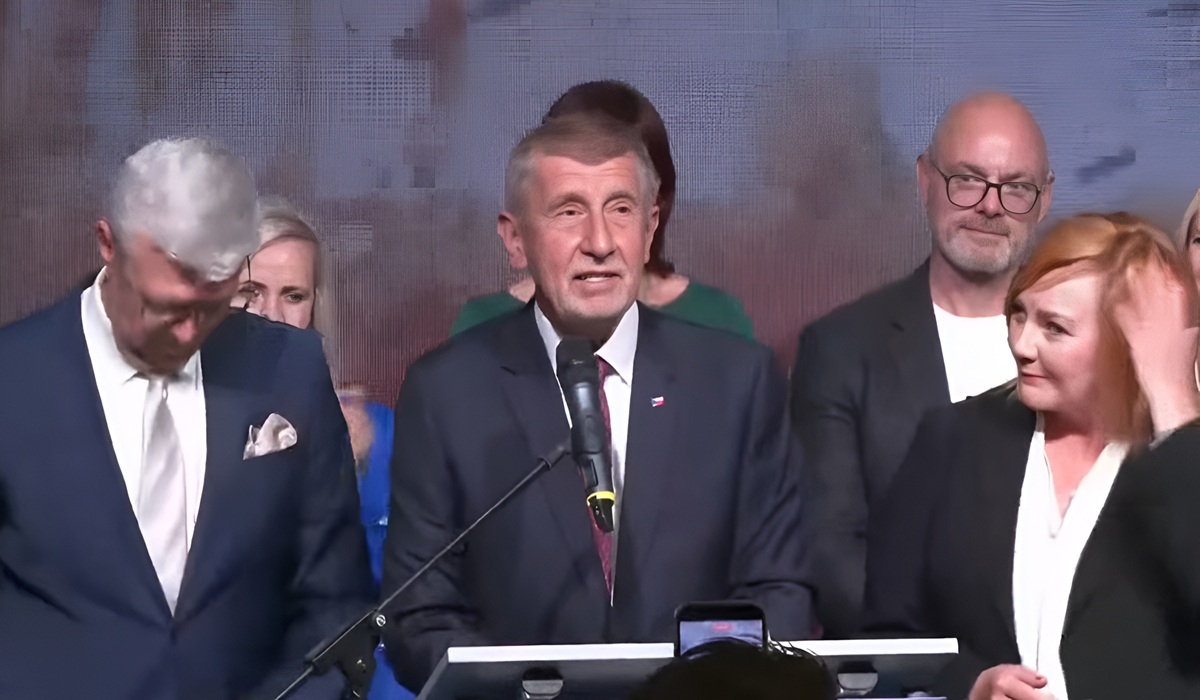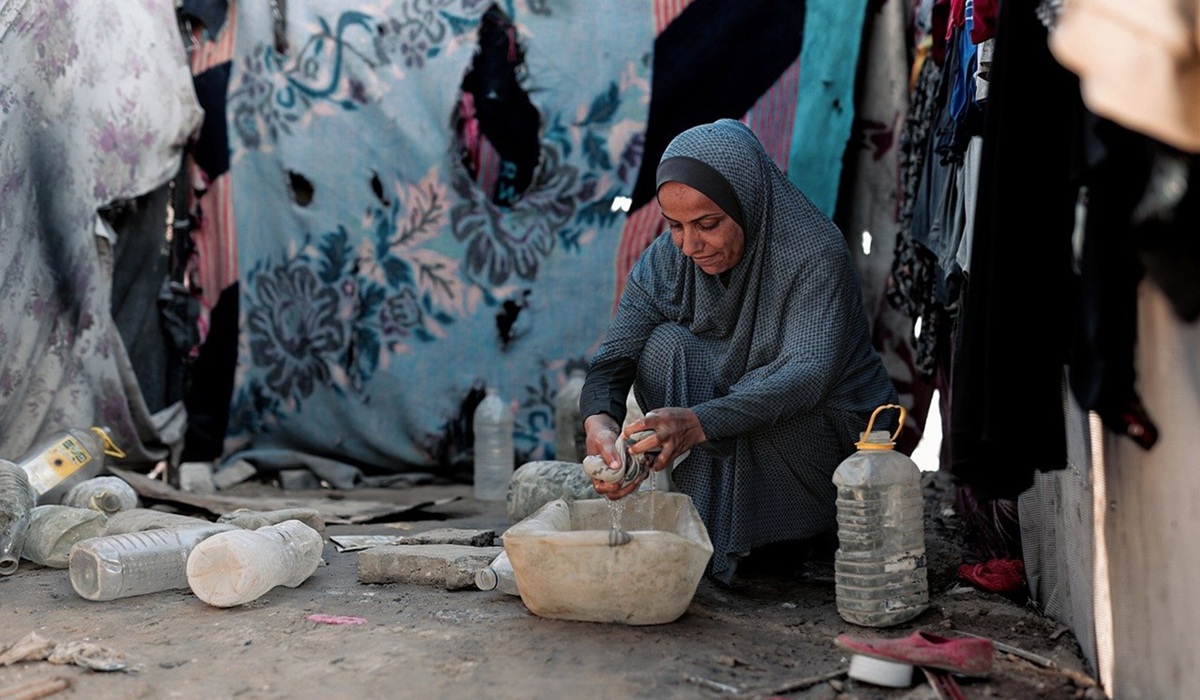Millions Left Behind: Global Aid Cuts Trigger Humanitarian Crisis
- Ingrid Jones
- Breaking News
- Middle East
- July 1, 2025
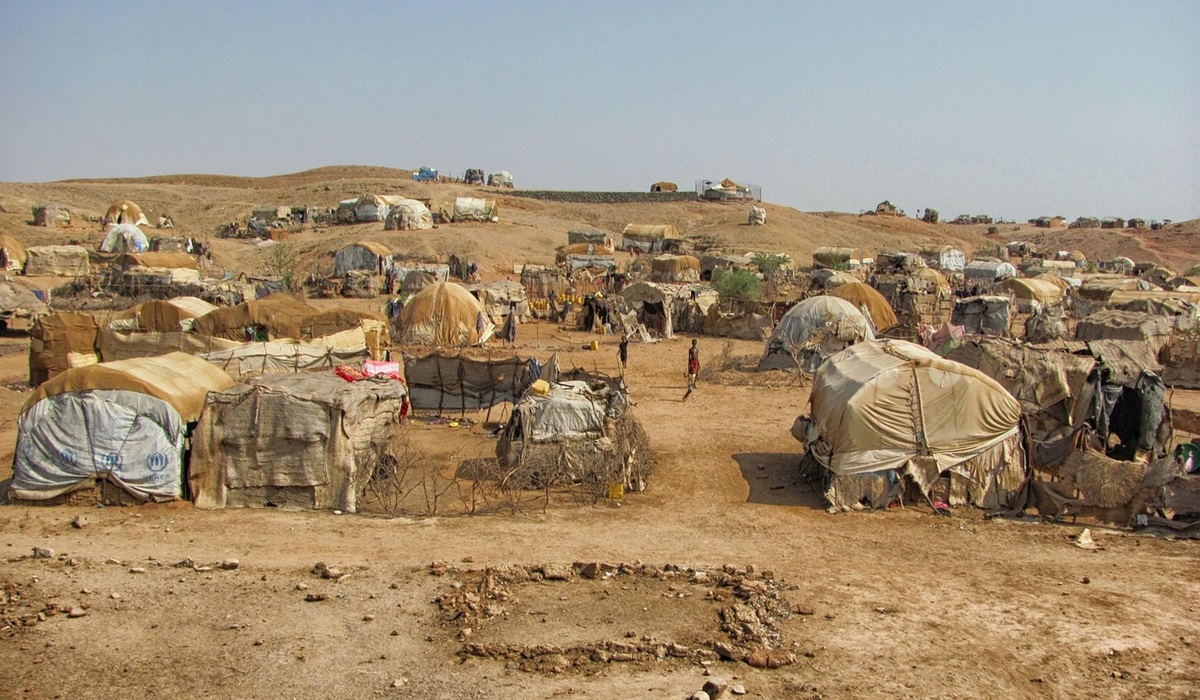
Halfway through 2025, the humanitarian landscape is facing a devastating financial shortfall, with major donor nations slashing aid budgets and leaving millions of vulnerable people without critical support. The Norwegian Refugee Council (NRC) has sounded the alarm, warning that the cuts are having life-threatening consequences across some of the world’s worst displacement crises.
“Cuts in aid from major donors are close to crippling the humanitarian response in some of the world’s most dire displacement crises,” said Jan Egeland, Secretary General of the NRC. “It is hard to articulate the depth of donors’ abandonment.”
By the end of June 2025, only $6 billion USD had been committed globally to humanitarian efforts—down from $9 billion at the same point in 2024. This is against a total funding requirement of $44 billion, highlighting a gaping hole that threatens to destabilize entire regions.
The United Nations responded in June with a “hyper-prioritised” emergency plan aimed at reaching 114 million of the estimated 300 million people in need, requiring $29 billion in funding. But with current funding levels, even this drastically narrowed effort falls far short. The harsh reality: nearly 200 million people will remain without support.
The United States, long one of the largest humanitarian donors, has suspended ongoing aid projects pending a foreign assistance review. Since the start of the year, no new US humanitarian funding has been released. The UK, Netherlands, France, Switzerland, Sweden, Germany, and Belgium have also all announced significant aid reductions. These aren’t just accounting adjustments—they’re policy decisions with deadly consequences.
In Afghanistan, where the US previously provided 45% of humanitarian funding, the cuts have left aid groups scrambling. “Our teams are being compelled to make heartbreaking choices,” said Egeland. “We are not alone. Many humanitarian organisations are being forced to reduce support at a time when more families are returning and need urgent assistance.”
In Mozambique, the impact is already visible. Japan has become the largest donor there, stepping in as the US funding dried up. But even Japan’s $14.4 million contribution is just a fraction of the $352 million needed. Water tanks sit empty. Families go without drinking water. Cyclone-displaced families are left without shelter.
“I witnessed first-hand the consequences,” Egeland said. “Water tanks can no longer be refilled. Families are left without a safe supply of drinking water. This is not only devastating lives—it also squanders prior investments made with taxpayers’ money.”
Nowhere is the neglect more acute than in Latin America, where several countries have received less than 10% of their required funding. Haiti, Mali, El Salvador, Honduras, and Venezuela are all experiencing staggering shortfalls, leaving communities unassisted amid compounding crises of violence, poverty, and climate instability.
Egeland called for traditional donors to reverse course—but also urged the international community to broaden the donor base. “We need to see other actors step up to bridge this gap—this includes a wider group of donor countries, the private sector, and development banks,” he said.
He underscored a central contradiction: “If we can afford to host World Cups and global summits, and if NATO members can afford to increase defence spending to 5% of GDP, we can afford to maintain support for the most vulnerable in their hour of greatest need.”
As humanitarian organisations juggle unpaid commitments, canceled funding, and broken pipelines, the long-term outlook remains bleak. The NRC, for instance, is still owed millions for life-saving programs already delivered—including some dating back to 2024.
This isn’t just about numbers. It’s about a child without food. A mother without shelter. A community without water. These cuts are not just pulling the rug out from beneath those in need—they’re unraveling decades of progress.
The world now faces a stark choice: either step up and invest in human dignity—or turn away and accept the cost in lives lost and futures destroyed. The window to act is closing, and the price of continued inaction is rising by the day.

